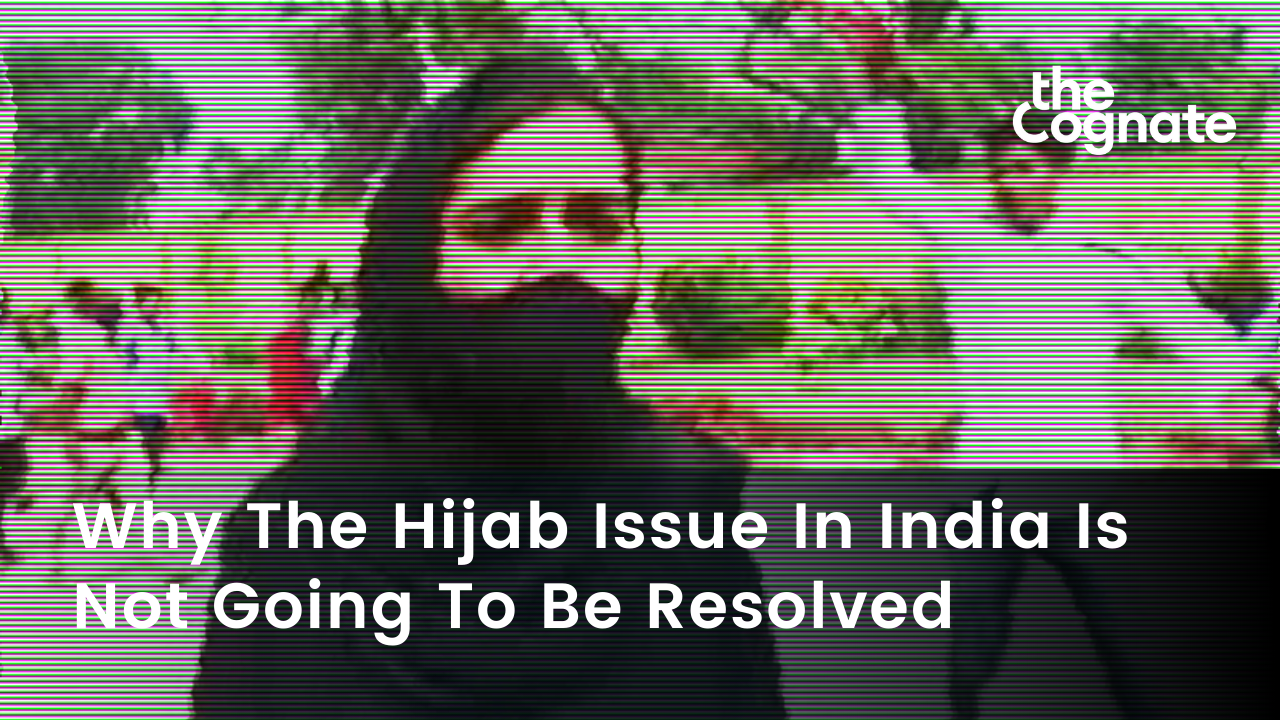In 2012, exactly ten years ago, members of Karnataka Komu Sauharda Vedike (Karnataka Communal Harmony Association) and I, stood in front of the taluk office in Udupi questioning unconstitutional objections by the Principal of a college in Dakshin Kannada who denied 50 Muslim female students wearing headscarves from attending classes claiming that “it made non-Muslim students uncomfortable”. As a student of law and also someone who had conscientiously committed to practice the Islamic dress code from the age of 12 while attending high school and university classes with headscarf in the coastal belt of Karnataka, I had thoroughly researched my case.
With a copy of Dr J.N. Pandey’s Constitutional Law of India highlighting Articles on freedom of religion, notes jotted down from an extraordinary academic paper on the distinctiveness of Indian secularism by Dr Rajeev Bhargava (lest I get the usual whatabouterys on hijab in France) and a copy of a brilliant judgement of a case popularly known as the National Anthem case (1986), my mother and I met with a local police officer who empathized with the Muslim students.
“However,” he said, “if the educational institutions allowed you to enter campuses with headscarves, the others would argue to enter campuses with saffron shawls. It will then create communal chaos and spiral into a controversy out of hand. So why not delay wearing your headscarves until you finish your education? We never had women asking to wear headscarves on campus before.” Just like the other authorities, we approached; we were told that there is little help he could offer mainly fearing the vigilantes. But that day I returned home with a thought-provoking question – why didn’t Hindu students attend classes with saffron shawls without Muslims wearing the hijabs first?
Until my generation, not only were the concepts of conventional education and empowerment of women irrelevant to our communities in the coastal belt but we also lacked the understanding of Islam in its spirit and essence. The communities’ lower socio-economic status further compounded the problem.
However, it was massive migrations to the GCC countries which also fared better than India in female adult literacy rate that got us breaking new grounds. Living in the GCC, our communities saw hijab-clad women in the GCC in governmental positions, schools, police forces, courts, as entrepreneurs, medics and more studying and working alongside men. We now knew that the Prophet Muhammad (peace be upon him) worked for his wife who was a businesswoman in the sixth century, the first Surah of the Quran revealed was to “Read” and we had access to translated copies of the Quran and Hadith which stressed on the importance of seeking knowledge, female scholarship, gender equity and more. In recent years, owing to social media, stories of several Muslim women achievers across the world have proven that the hijab has neither been regressive nor a barrier to their aspirations. Hijab clad Indian Muslim women have also set exemplary examples in the past, like H.H. Begum Sultan Jahan for example and even in the present, like IAS Dr Rehana Bashir proving the same.
Growing up, I studied in Muslim, Christian and Hindu run educational institutions in Karnataka with a headscarf while also being part of the Christian choir, sung Hindu bhajans and participated in religious festivals celebrated on campuses. Large portraits or statues of different saints, gods and goddesses were always around me who I didn’t follow yet held deepest reverence for and sincerely read about, for my intellectual curiosity. This perhaps was the foundation of my ‘distinctive’ Indian constitutional secularism, which Professor Bhargava expounded had two important features. First, unlike the western model of secularism which is outdated and inapplicable in heterogenous societies of the globalized world today, the Indian secularism is not “anti-religious” but respects not one, but all religions. Second, the Indian state maintains a “principled distance” from all religions, only intervening whenever there is communal disharmony, discrimination on religious grounds or intra-religious issue where members within a community are oppressed. Although the other students could come to campuses being visibly practicing of their respective faiths, their religious “add-ons” to uniforms were considered accessories but mine was often conflated either with the geopolitics of the Middle East, the Taliban or Pakistan while my reasons to wear a headscarf was anything but a spiritual choice.
Islamic texts lay down codes of modest conduct and clothing for both men and women in public when they reach the age of maturity. For women, in simple words, it is covering themselves (except face, hands, feet) in front of non-related men with clothes, fabrics and colours of their choice. “By these standards”, I argued as a teenager defending my headscarf, “India’s first woman President Smt. Pratibha Patil and India’s first woman Supreme Court judge Justice Fathima Beevi wore sarees in a way that are in line with Islamic hijab standards too”. Most Muslim girls who removed (and still continue to) their headscarves or burkhas before entering classes bite the bullet to observe the unspoken protocol i.e., no headscarves on campus. None had precedents to follow, and for worse, none asked the “whys”. Why were only Muslim girls reminded of breaching uniforms while Sikh students wearing turbans weren’t? Why were hijab-clad Muslim girls called regressive while Christian nuns who came to campuses with their religious habits weren’t? Why were Muslim girls mindlessly policed about uniforms while downsides of uniforms include promoting culture of intolerance or limiting concepts of diversity on campus?
Ten years later, the police officer’s predictions have come true. When a group of Muslim girls in Udupi decided to exercise their personal liberties safeguarded by the Indian constitution, by covering their heads with shawls of the same college uniform to observe their faith, the college raised objections. By doing so, the college has not only undermined the spirit of the constitution but also conveyed a message to its youth that ostracizing the ‘visibly’ Muslim was okay. In no time, the right-wing vigilantes seized the opportunity to mutate the “headscarf” matter from a personal liberty issue to a grand scheme of political things – firstly, by ordering 5 million saffron shawls for anti-hijab protestors from Gujrat; secondly, by raising hue and cry escalating it as a subject of debate on public law and order. As the parties fell out and wait for their decisions at the Karnataka High Court, the real question one needs to contemplate here is will the hijab issue resolve meaningfully in a way that restores harmony, tolerance, and principles of constitutional secularism? Or would the hijab-clad women continually be “othered” and “intimidated” in speech and attitudes, irrespective of the judgment?
The hijab issue can never be meaningfully resolved by the judiciary alone unless the right-wing vigilantes and vested interests stop dehumanizing and demonizing hijab-clad Muslim women by excessively politicizing the ‘hijab’ – a personal decision to privatize sexuality as per Islamic norms. Despite media, intellectuals and members of the opposition challenging the arbitrary decision of the college on the issue, little did it help resolve things amicably via civic friendship between communities. Such deep-seated Muslim hate and bigotry is a bigger crisis than the hijab crisis itself. If it weren’t for right-wing vigilantism, Islamophobic propaganda and social media-fueled terror, to have campuses with youth dressed in saffron robes like Swami Vivekananda, headgears like Maulana Abdul Kalam Azad, turbans like Bhagat Singh, hijabs like Abadi Bano Begum or any other visible marks of faith walk hand in hand preserving the spirit of constitutional secularism could be an interesting revival of everything that has deteriorated along the way since Independence.
Related
Wafa Sultana is a lawyer by training and has a Master's degree in Persian Gulf Studies from Qatar University. Her research interests include conflict resolution, security, foreign policy, political Islam and Islamic law.










































